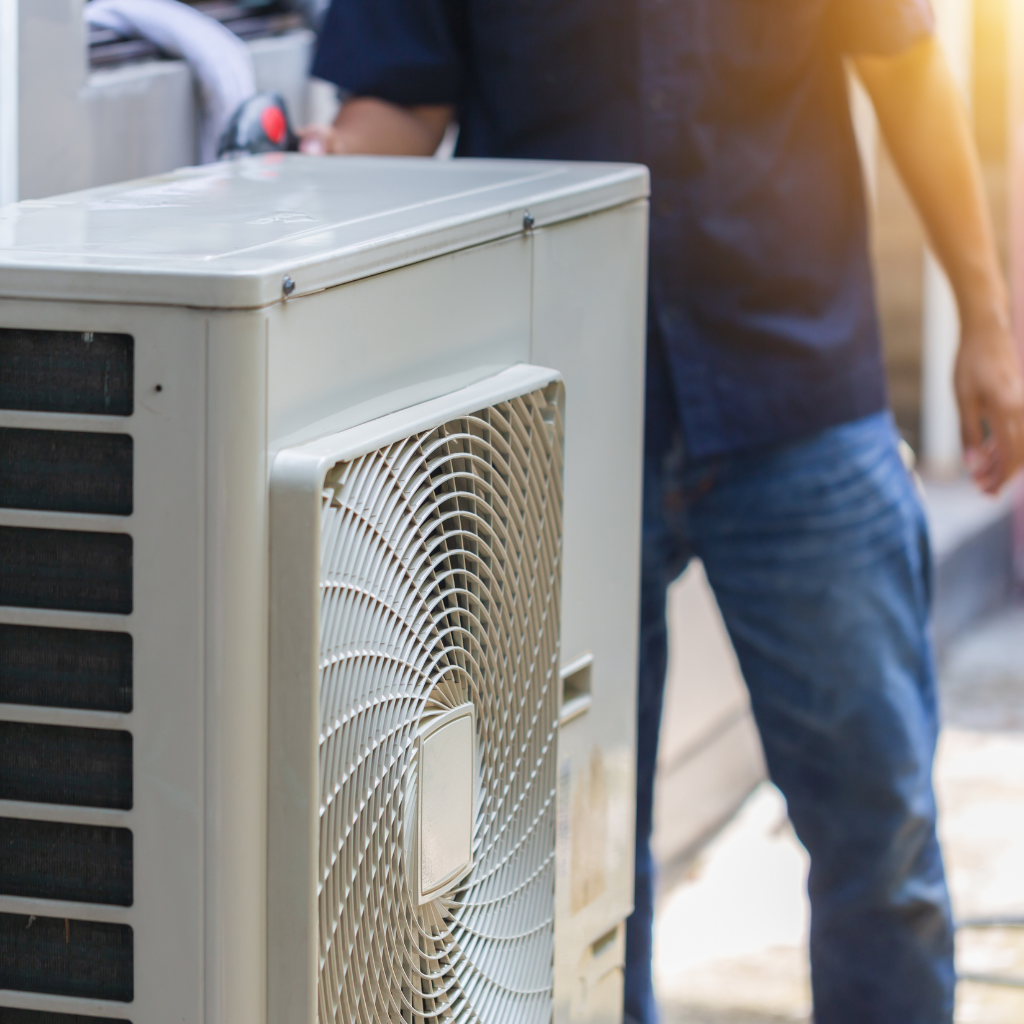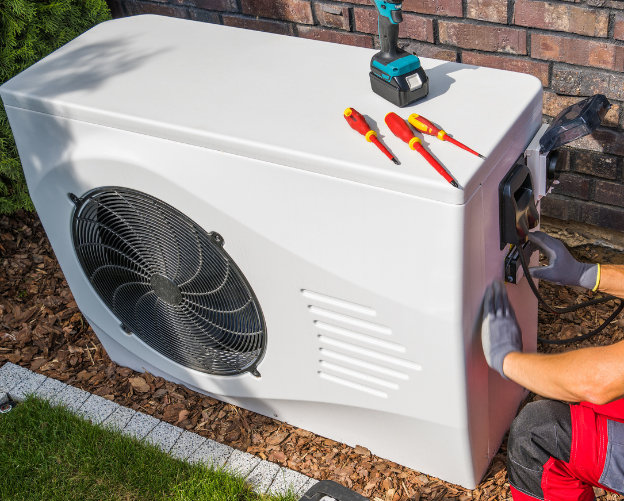Heating & Air Conditioning Services
Furnace and AC upgrades, emergency services, and diagnostics
SK° Comfort Emergency Service, System Upgrades and Repair Options for Philadelphia and the surrounding areas
At SK° Comfort we provide our customers with superior heating and cooling services, including system replacement, emergency services, and repairs.
“As a homeowner, you’re probably always thinking of ways to keep your household running efficiently. This includes maintaining your HVAC system. When you follow the right maintenance schedule, your HVAC system can last 10 – even 15 – years!
Unfortunately, there comes a time when your home comfort system needs to be replaced. Even with the right maintenance schedule and upkeep, HVAC units only last so long. Eventually, an upgrade makes more sense than extensive repairs.
EMERGENCY SERVICES

Has this happened to you?
DIAGNOSTICS & REPAIRS
Common HVAC Complications and Causes
Cleaning or replacing air filters is one of the easiest steps you can take to maintain your HVAC and improve air quality. When dirty filters aren’t replaced or cleaned consistently, debris will minimize air flow, making your AC run longer at a lower efficiency, as well as making the portability of overheating higher.
Also, leaks caused by poor positioning or lack of insulation will result in significant energy loss overtime, making your HVAC run for longer to achieve the desired temperature.
Even with frequent maintenance, HVACs will lose efficiency over the years. A certified professional can determine if this is the cause of your high energy bill, or if a specific part is the culprit.

Equipment Repairs
HVACS need a refrigerant to remove heat from inside your home. When there is a leak in the refrigerant container and levels become low, your AC will run inefficiently. A professional HVAC diagnostic is necessary to diagnose the state or your refrigerant to determine if and how the container should be replaced.
If your HVAC system has air flow inefficiencies, then the evaporator coils may freeze as a result, insulating the refrigerant within. The refrigerant will not be able to absorb heat from the air, keeping your house warm.
A motor runs the compressor, and if that motor malfunctions, the refrigerant will remain stagnant and unable to remove heat from the air.Malfunctioning thermostats can prevent the temperature of your home from reaching the desired setting. Usually, the thermostat is calibrated incorrectly, or needs to be replaced due to old age. An HVAC diagnostic check can help you pinpoint the problem with your thermostat.
Oftentimes, a blower motor is responsible for circulating warm air throughout a house, but it is sensitive to damage and blockages that may prevent it from working. A small light on your HVAC may tell you if your motor is on, but if it is off, then an HVAC diagnostic test may be necessary to locate the problem.
HVACs collect condensation from the air in a condensate pan. If it does not seem to be draining, then it often points to a damaged pump or drain.HVAC Diagnostic Check Steps
- Assessing equipment condition to reduce the possibility of failing parts.
- Examining the thermostat to ensure it’s in working conditions and calibrated to the ideal settings.
- Tightening electrical connections and measuring the voltage drops and current for electrical pieces.
- Surveying refrigerant levels to ensure the system does not have an abundance of, or too little refrigerant which can shorten HVAC lifespan.
- Cleaning evaporator and condenser coils to maximize air flow.
- Pest infestation check.
- Replacing or cleaning air filters.
- Surge protectors inspection.
- Evaluating heating and cooling cycles to determine if HVAC runs for the expected amount of time while achieving the desired temperature.
- Applying lubricant to moving parts of the motor to reduce friction.
- Checking condensate drains to prevent water damage.
An HVAC diagnostic test typically includes a thorough scan of thermostats, electric connections, and all moving parts to ensure that they are functioning properly and not over worn. Specific steps of the check often include:
• Assessing equipment condition to reduce the possibility of failing parts.
• Examining the thermostat to ensure it’s in working conditions and calibrated to the ideal settings.
• Tightening electrical connections and measuring the voltage drops and current for electrical pieces.
• Surveying refrigerant levels to ensure the system does not have an abundance of, or too little refrigerant which can shorten HVAC lifespan.
• Cleaning evaporator and condenser coils to maximize air flow.
• Pest infestation check.
• Replacing or cleaning air filters.
• Surge protectors inspection.
• Evaluating heating and cooling cycles to determine if HVAC runs for the expected amount of time while achieving the desired temperature.
• Applying lubricant to moving parts of the motor to reduce friction.
• Checking condensate drains to prevent water damage.
